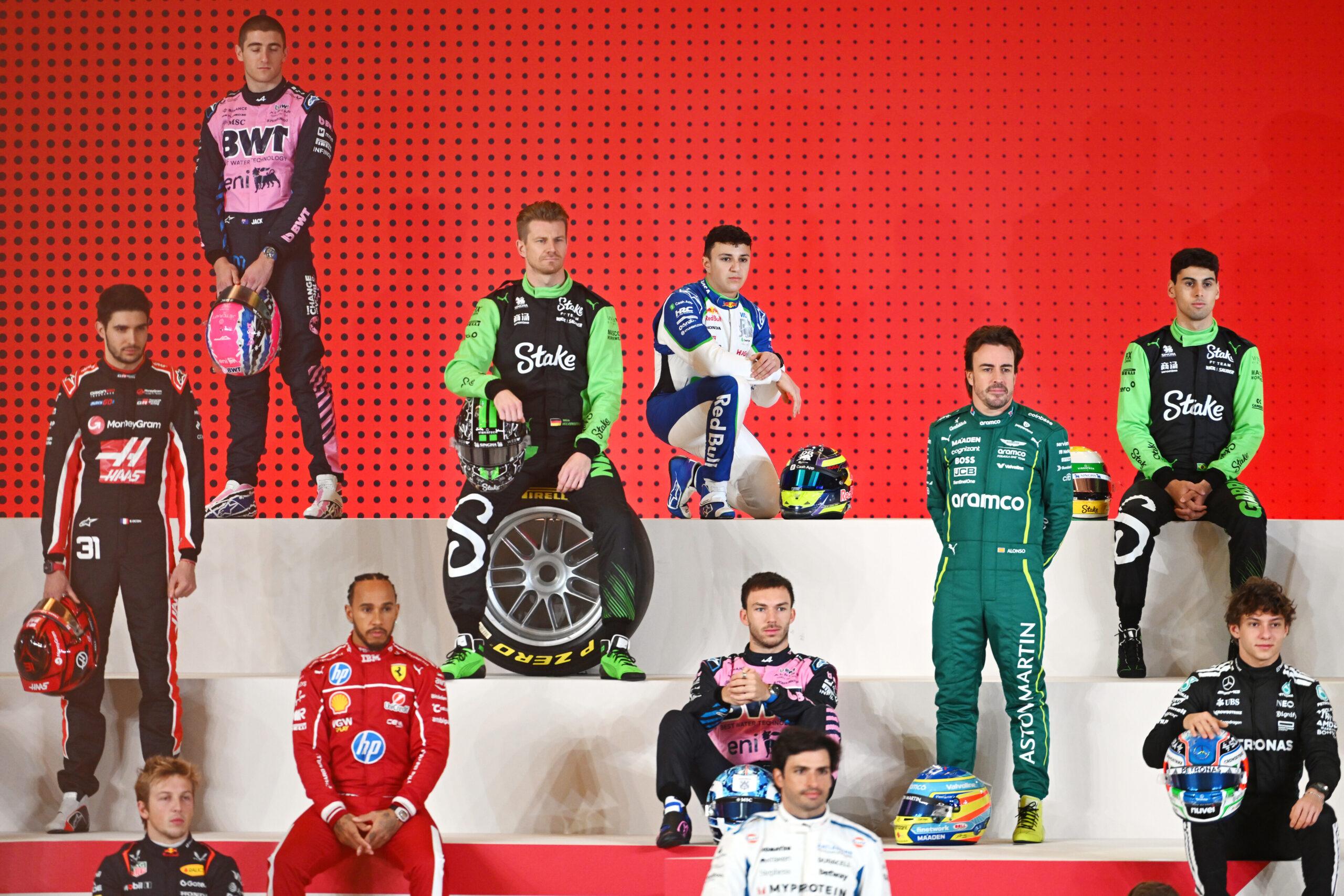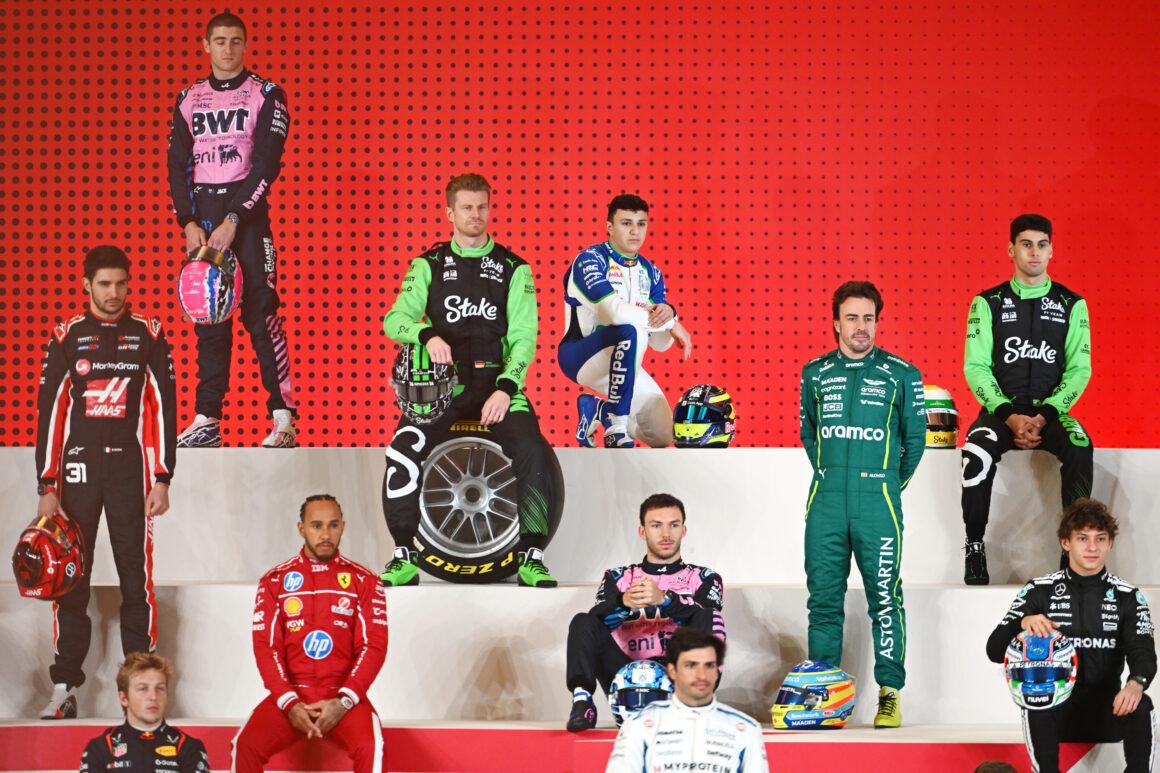You want the magic octane number. The secret sauce. Here’s the inconvenient truth: Formula 1 fuel isn’t some rocket cocktail your road car has never met. The FIA forces F1 fuel to be chemically similar to pump petrol, and historically that’s meant Euro 95 standards. Translation: the compounds are the same family you’d find at a normal station — just blended like a Michelin-star menu, not drive-thru fries.
So what’s the octane figure? The minimum referenced publicly is 87 octane under rules that tie F1 fuel to road-grade petrol ranges. But don’t faint. Octane alone isn’t the headline. The wizardry is in how fuel suppliers blend those allowed compounds to make hybrid turbo power units sing — legally. The number on the pump won’t win you pole. The blend, the burn speed, the knock resistance under brutal cylinder pressures? That’s where the gap is. The competition? Reduced to expensive spectators.
Octane 101: Why Your Pump Number Doesn’t Tell the Whole Story
Octane is just knock resistance. Higher octane resists pre-ignition under stress. F1 engines live under stress that would make a family SUV cry. But F1 isn’t allowed alien chemistry. The FIA mandates fuels that mirror road petrol in composition. Teams can’t slip in exotic compounds not seen at the pump. They can, however, tweak ratios and distillation curves to extract every legal watt. Clever? Extremely. Illegal? No.
That’s why the “What number?” question is a trap. The minimum spec may allow as low as 87 octane, but suppliers don’t build slow fuel. They build stable, fast-burning fuel that works with precise ignition maps and combustion chambers. Same ingredients category, totally different recipe. Lights out and away we… oh wait, the chemists already won.
What Teams Actually Do: Blend Wars, Not Pump Wars
Every team runs a bespoke fuel blend from its partner. Shell tunes for Ferrari. Petronas for Mercedes. ExxonMobil for Red Bull powertrains. Identical chemicals, different optimization. Drop a Ferrari blend into a Mercedes? It won’t be optimal. Wrong dance partner, wrong rhythm. File this under: Yikes.
This is a long game. F1 has pushed road fuel tech forward for decades. Bio-component mandates hit F1 first, then everyday pumps. Until 2021, fuels had to include 5.75% biocomponents. From 2022, the sport shifted to E10 fuel — 10% ethanol content. That change wasn’t small. Mercedes’ power unit lead called it the biggest fuel regulation swing since 2014. Somewhere, a calibration engineer is still sweating.
What Octane Do F1 Cars Use: The Bottom Line
If you want a single number: publicly cited minimum is 87 octane. Don’t confuse minimum allowance with performance target. Teams run within FIA-permitted ranges that reflect road fuel equivalence, but they chase the combustion profile their engines crave at 11,000+ rpm with sky-high pressures. That means a tailored octane behavior, controlled volatility, and surgical burn speed — not just a headline figure.
Think octane is everything? Ask Ferrari and Shell. They once ran a test putting pump-grade fuel in a previous-gen F1 car. The lap time delta? Under a second. The race fuel pulled harder; the road fuel showed a touch more top speed. Moral of the story: chemistry matters, but the whole package — engine, maps, and combustion strategy — decides the scoreboard.
The 2022 Shift to E10: What Changed, Who Suffered
E10 added ethanol’s quirks to the party. Different energy density. Different cooling effect. Different flame speed. Teams reworked ignition timing, injection, and turbo strategies. Some nailed it. Some collected disappointments like they’re Pokemon cards. The plot thickens like a team’s excuse list.
This wasn’t optional homework. It’s the road to 100% sustainable fuels in the coming years. F1’s target is clear: keep power, slash carbon intensity, and make the fuel relevant to what you buy. If that sounds easy, you’ve never tried to keep a turbo V6 hybrid happy on a diet change. Another masterclass in how NOT to sleep in the off-season.
Fuel Strategy: Mass, Not Volume — and No Refuelling
F1 measures fuel in kilograms, not liters. Since 2019, cars can burn up to 110 kg in a race. No refuelling allowed. Haven’t been since 2010. Safety and cost killed the hose-and-hope era. Remember Kovalainen leaving with the rig attached and turning Raikkonen into a fireball? The wind played favorites that day — apparently it was a chaos fan.
So teams fuel to the gram. They model consumption from winter testing and tweak per track, per weather, per upgrade. Start heavy and you’re slow. Start too light and you’re a rolling chicane by lap 60. Bold strategy: let’s do exactly what lost us the last three races.
What’s Actually Inside F1 Fuel: The Legal Edge
No magic molecules. Just lawful hydrocarbons arranged like a chess master’s opening book. Suppliers fine-tune distillation curves, aromatics content, and oxygenates within rules to hit the right combustion characteristics. The aim? High knock resistance under boost, clean combustion, minimal deposits, and perfect synergy with oil chemistry.
Additives? Allowed, but only within the permitted road-relevant palette. The exact formulations are state secrets. Somewhere, a PR manager just had a minor stroke at the thought of publishing the blend sheet.
FAQ: Quick Hits That Matter
- Is F1 fuel just pump petrol? Chemically similar by regulation, but race-optimized in blend and burn.
- Do teams chase high octane? They chase optimal knock resistance and burn speed, not a vanity number.
- What’s the minimum octane cited? 87. Don’t scream — it’s about the entire combustion profile.
- How much fuel per race? Up to 110 kg. Measured by mass, not volume.
- Do they refuel? No. Banned since 2010 for safety and cost reasons.
- Is F1 moving to greener fuel? Yes. E10 since 2022, with a push toward 100% sustainable fuel.
Weather vs. Fuel: The Invisible Dogfight
Heat jacks up track temps and makes knock lurk in the shadows. The engine maps change, the fuel’s behavior shifts, and suddenly your perfect quali blend looks average. The track temperature hit levels that would make Hell consider air conditioning. Teams gamble. Some win. Some run rich and watch the stopwatch laugh.
Rain? The rain showed up like that friend who always causes drama at parties. Lower temps, different grip, part-throttle trickery. Your fuel volatility curve now decides how cleanly you exit Turns 3 and 9. Small margins, big pain.
So, What Octane Do F1 Teams Use?
They use fuel within FIA’s road-equivalent framework, with a publicly cited minimum of 87 octane. But the real answer is boring and brutal: octane is one variable in a tightly controlled, team-specific blend designed to resist knock under insane pressure and burn with surgical precision. Want a magic number? You’ll get a minimum. Want performance? You’ll need the whole formula.
Bottom line: F1 fuel didn’t just keep up with the road. It dragged it forward. And when the sustainable era hits full stride, the grid won’t just race. They’ll make your next fill-up better. Lights out and away we… oh wait, the chemists already won.

